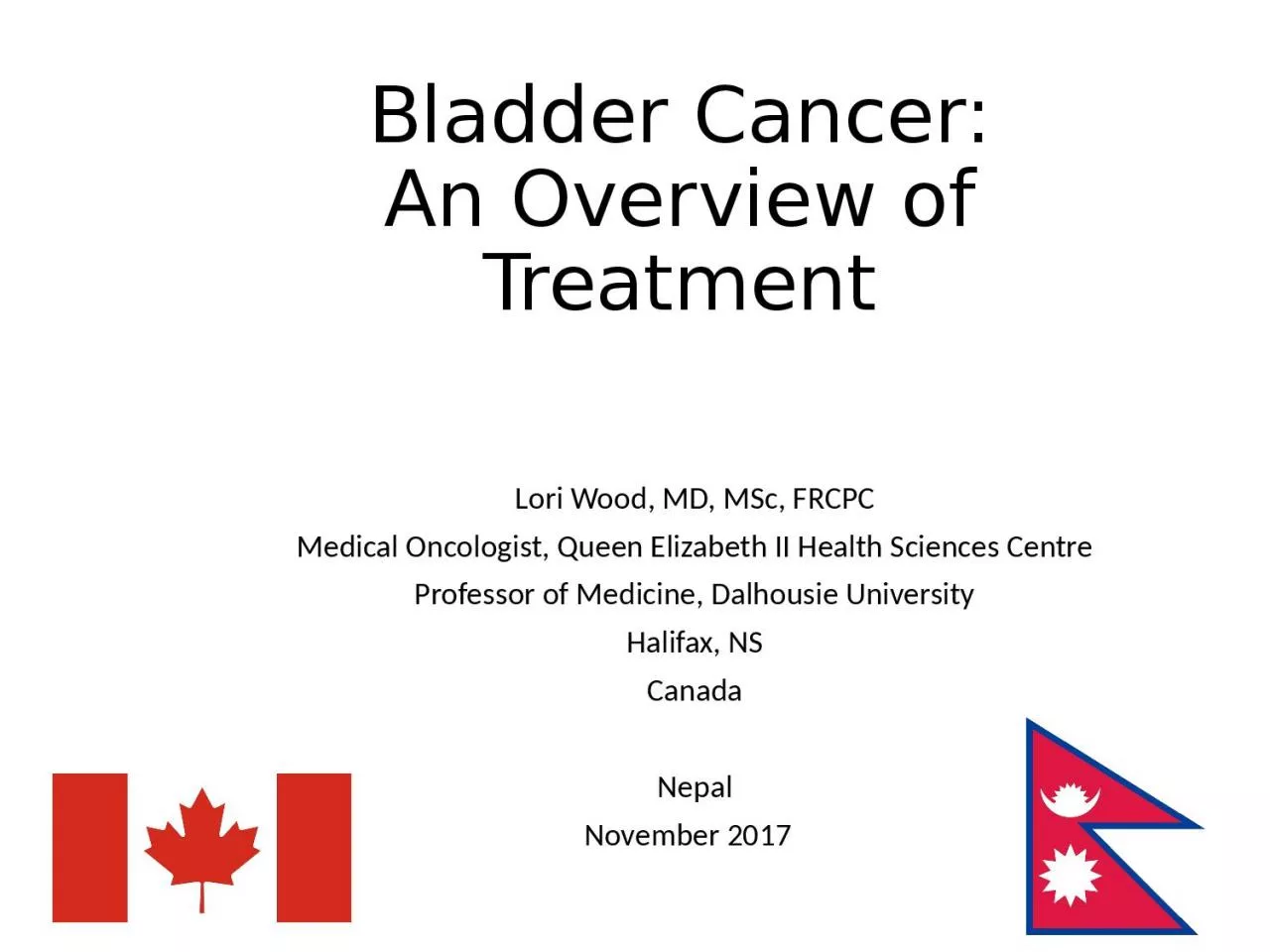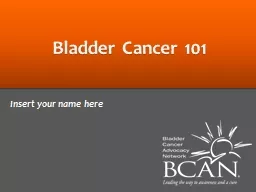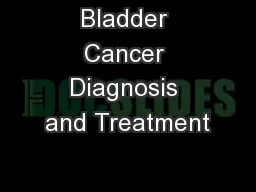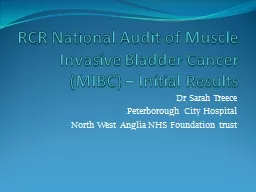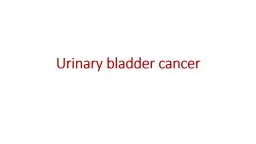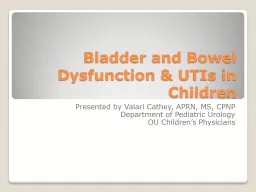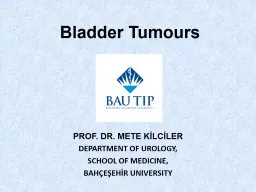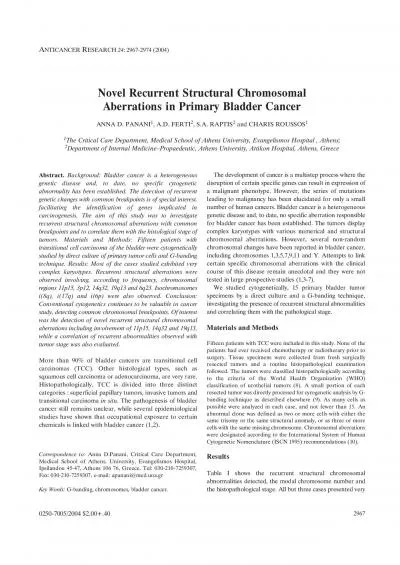PPT-Bladder Cancer: An Overview of Treatment
Author : fanny | Published Date : 2024-01-29
Lori Wood MD MSc FRCPC Medical Oncologist Queen Elizabeth II Health Sciences Centre Professor of Medicine Dalhousie University Halifax NS Canada Nepal November 2017
Presentation Embed Code
Download Presentation
Download Presentation The PPT/PDF document "Bladder Cancer: An Overview of Treatment" is the property of its rightful owner. Permission is granted to download and print the materials on this website for personal, non-commercial use only, and to display it on your personal computer provided you do not modify the materials and that you retain all copyright notices contained in the materials. By downloading content from our website, you accept the terms of this agreement.
Bladder Cancer: An Overview of Treatment: Transcript
Download Rules Of Document
"Bladder Cancer: An Overview of Treatment"The content belongs to its owner. You may download and print it for personal use, without modification, and keep all copyright notices. By downloading, you agree to these terms.
Related Documents

